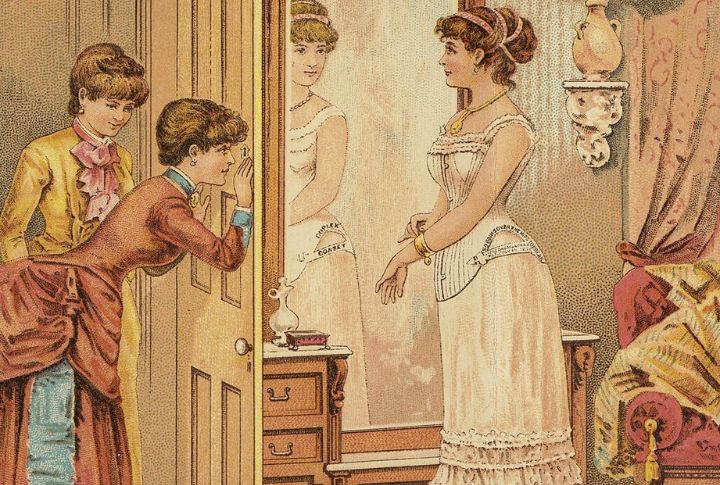
History usually focuses on royal portraits or great inventions, but daily Victorian life was built on more minor, grittier things. There were rules to follow and hardships to endure. This list reveals how people lived. The reality may not be glamorous, but it’s worth examining more closely.
Coal Kept The Hearth Alive
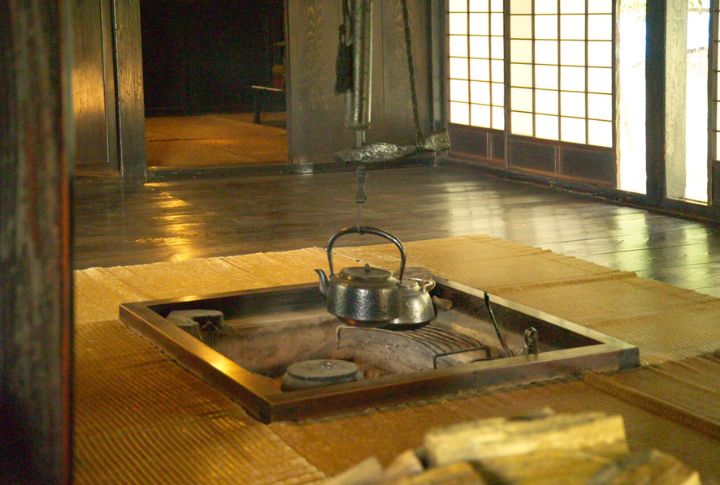
In Victorian homes, coal served as a vital resource and daily necessity. Fires powered cooking and heating, even in the milder months. But the soot clung to every surface, leaving the walls and curtains stained. Chimneys demanded regular sweeping, or households risked deadly fires and suffocating smoke.
Water Wasn’t On Tap
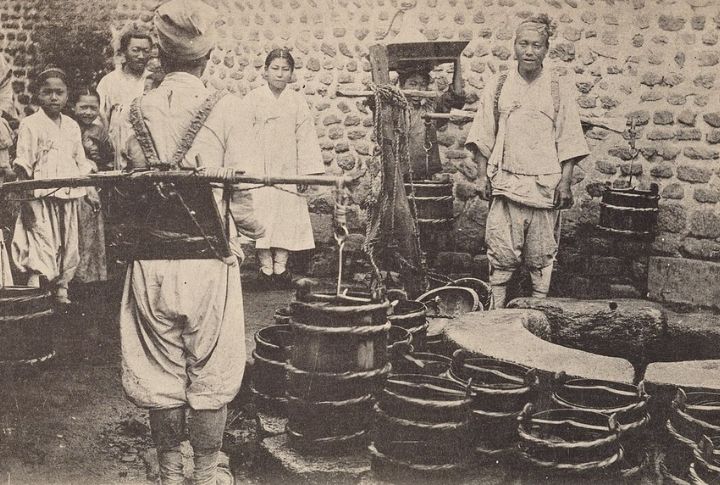
Most homes didn’t have running water, so daily life included hauling buckets from public pumps. These shared sources weren’t always clean and, in crowded cities, waterborne diseases such as cholera and typhoid spread quickly. For many, just staying hydrated was an effort and staying healthy required luck.
Bread And Fat Made The Meal
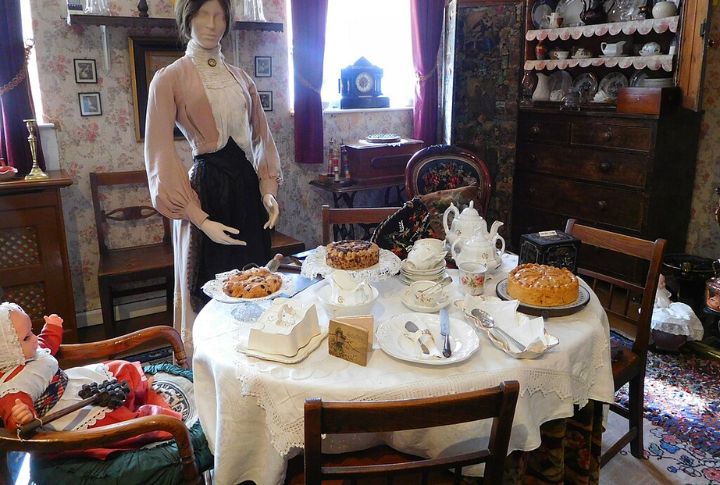
Malnutrition crept into working-class homes, especially among children whose diets barely changed across seasons. Fresh produce and meat were out of reach for most families. Dinner often meant bread soaked in beef drippings, followed by weak tea. Meals were more about filling the stomach than nourishing the body.
Baths Were A Public Affair
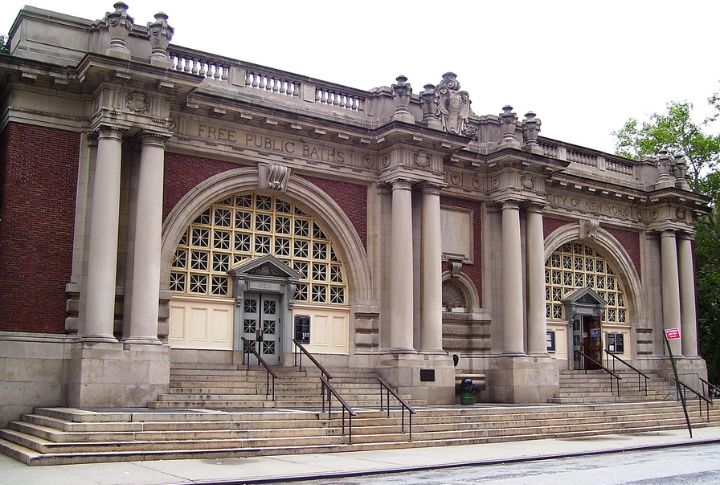
City bathhouses opened in the 1840s, which allowed families to bathe by using tokens for each visit. Many also relied on sponge baths in the bedroom with a pitcher and a cloth. Most homes lacked tubs or private facilities, and bathing remained infrequent, often limited to once a week or less.
Childhood Meant Clocking In

Factories and chimneys didn’t wait for children to grow up. Kids as young as five were put to work in brutal conditions. The 1833 Factory Act offered some limits, but families were dependent on every wage. Childhood meant facing hardship early on.
One Step From Poverty Was The Workhouse
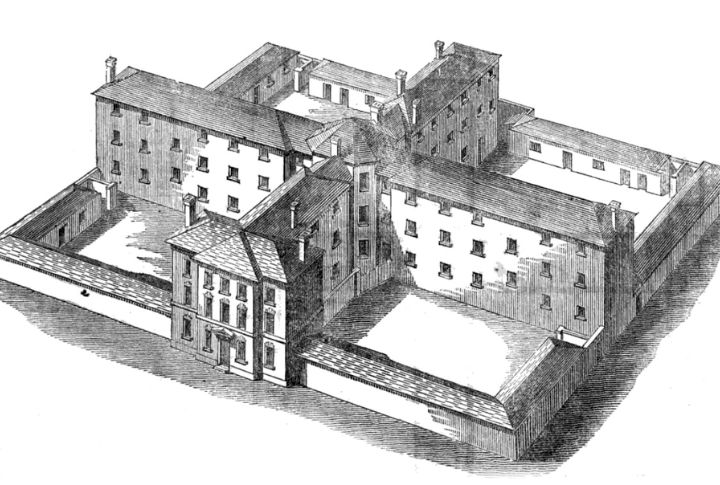
The Poor Law of 1834 established the workhouse as a new method of providing relief to those in need. Destitute individuals who entered gave up their autonomy and, often, their families. Conditions were made deliberately grim to discourage reliance. Clean beds came with silence and deep social stigma.
Servants Were The Backbone Of The Home

By mid-century, domestic service employed more people than any other sector. Some were butlers or cooks, but most were maids of all work, doing laundry and childcare. They lived where they worked, often in attic rooms. Their days were long and privacy was nearly nonexistent.
Streets Were Loud And Busy
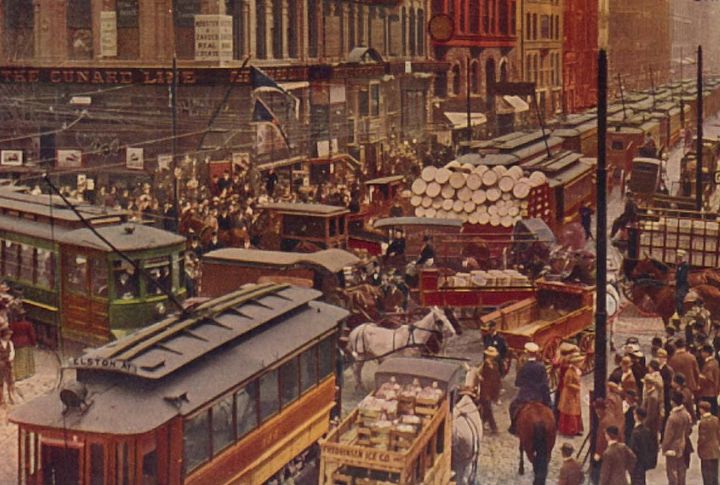
City streets rarely fell quiet. Horse hooves clattered and carts rolled past corner stalls. Costermongers sold fish and flowers directly to pedestrians. These workers operated outside formal shops, yet they were central to daily trade in both poor and growing middle-class neighborhoods.
Corsets Left Their Mark
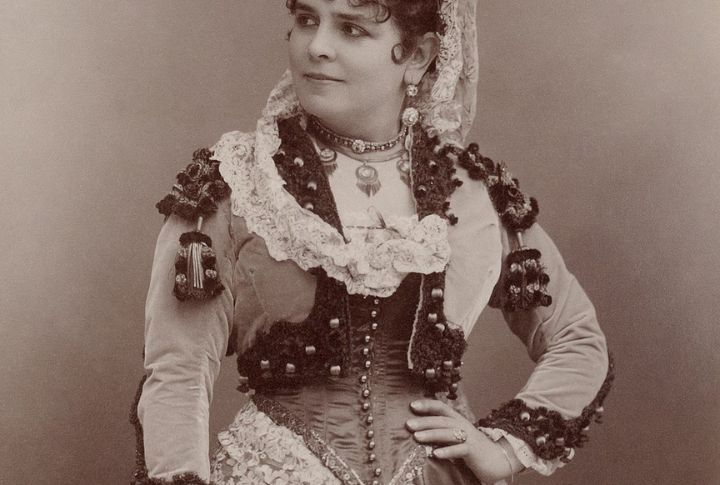
Worn tightly beneath gowns, corsets helped shape the prized Victorian silhouette. For many women, the garment was routine. Yet, tight-lacing restricted breathing and damaged their internal organs. By the 1890s, dress reformers began to criticize their health effects, challenging beauty ideals that had dominated for decades.
Manners Were A Full-Time Job
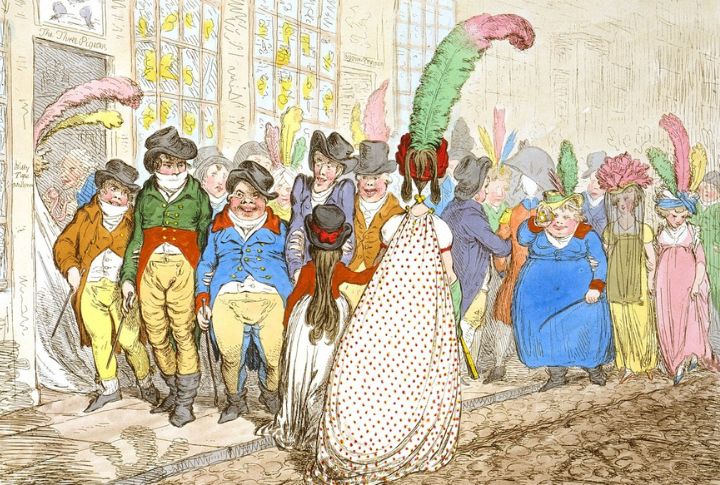
From walking posture to conversation topics, etiquette defined public life. Instruction manuals taught women how to curtsy and men how to address dinner guests. Social codes varied by class, but missteps could cost you respectability. Following the rules was expected and often essential to staying in society’s good graces.
The Parlor Wasn’t Just For Show
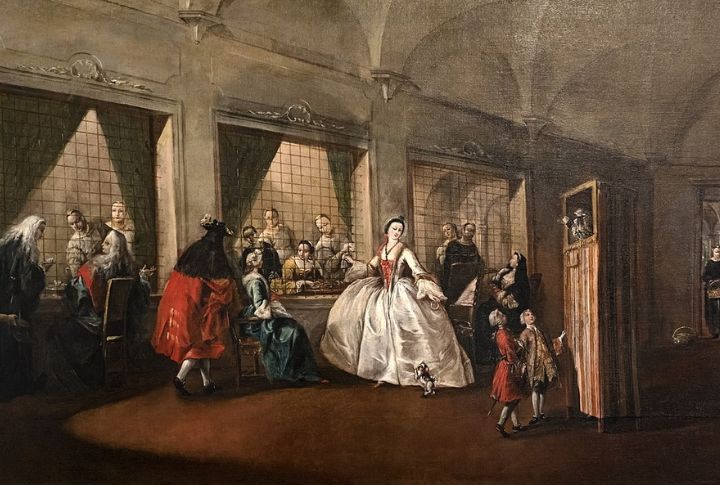
Velvet chairs and polished tables gave the parlor its charm, but each detail served a purpose. This was the room for visitors, where the decor spoke for the family’s values. Even modest homes attempted to convey stability and aspiration by maintaining a certain level of elegance.
Opiates Sat In The Medicine Cabinet
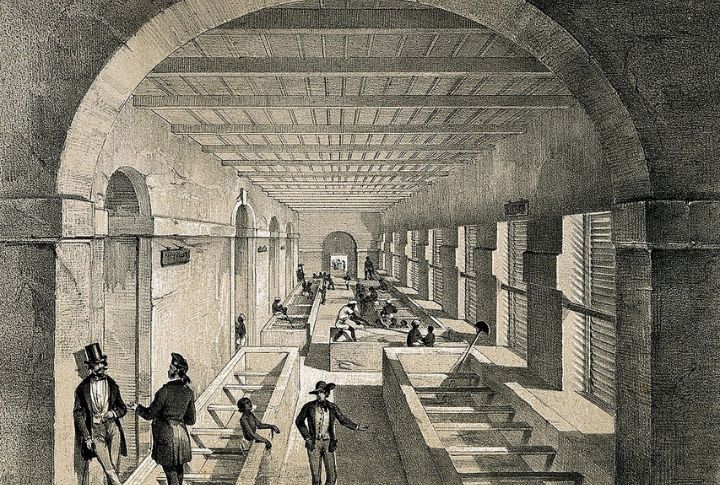
Victorian households often stocked laudanum, a mix of alcohol and opium. It was sold openly as a cure for insomnia and even teething pain in infants. Its addictive nature was barely recognized at the time. Many users, including women, became dependent without realizing they were living under the drug’s grip.
Fog Could Swallow The Streets
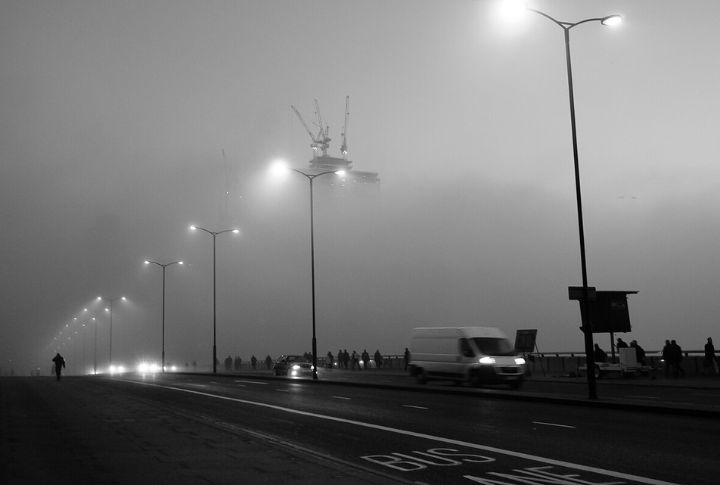
Coal smoke and industrial soot would combine to form thick yellow clouds that choked the streets. Visibility dropped to a few feet, traffic stopped, and schools closed. In prolonged winter outbreaks, respiratory illnesses surged. The fog rolled in quietly but swallowed entire blocks before the city could react.
Gaslight Dimmed The Night
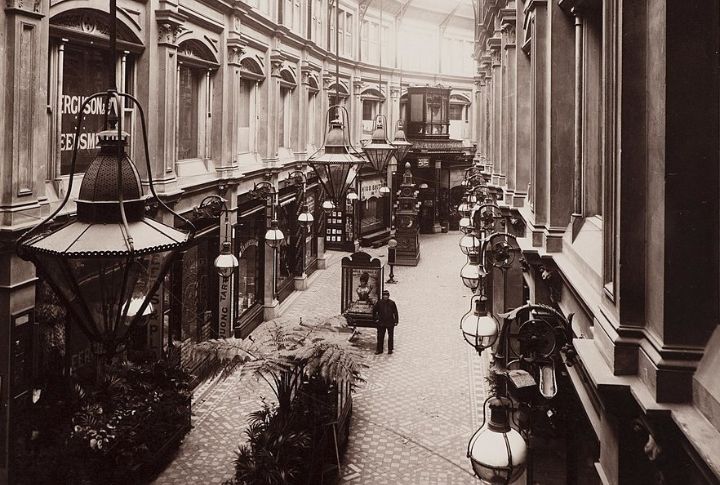
Gas lamps changed the evenings. Although they lit streets and homes more brightly than candles ever could, they released fumes and risked starting fires. Poorer neighborhoods, unable to afford the upgrade, still relied on candles or oil lamps. These provided less light and posed an even greater risk of fire.
The Mail Came Like Clockwork

In cities, a letter sent in the morning could be answered that same day. The Penny Post, introduced in 1840, revolutionized communication. It allowed even the working class to send and receive mail regularly. Daily deliveries brought news and opportunity through the front door.
Mourning Could Last A Lifetime
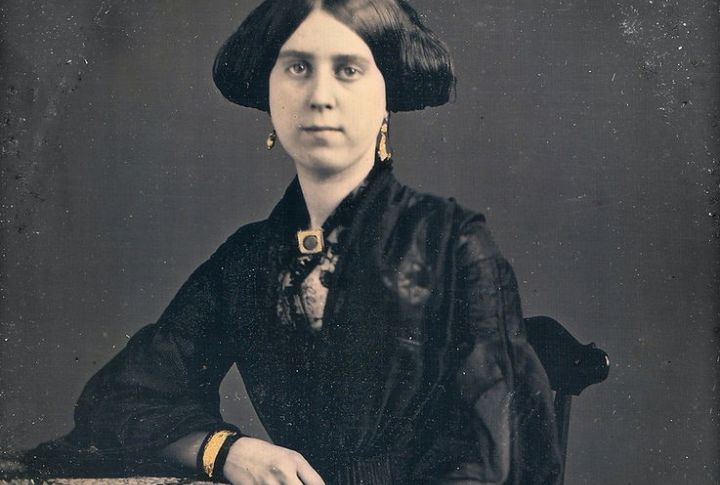
Victorian widows often mourned in black for years, following customs that shaped public displays of grief. Hair from lost loved ones was woven into jewelry and worn as a daily reminder. Queen Victoria’s endless mourning for Prince Albert helped turn personal sorrow into a symbol of societal remembrance.
Family Photos Took All Day
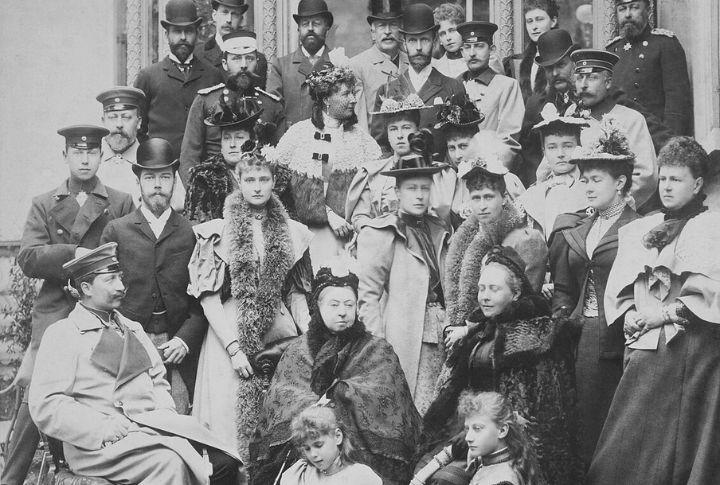
Photographs were rare and serious occasions. People sat rigidly for long exposures while trying not to blink. For many families, it was the only image they would ever take. Postmortem photos—portraits of the deceased—offered a final memory, especially when the subject had never been photographed during their lifetime.
Toilets Were A Novelty

Cities gradually introduced sewer systems and public health laws to improve sanitation. While indoor toilets became more common by the century’s end, most households still relied on chamber pots or outdoor privies. Flush toilets had appeared decades earlier, though they remained scarce in working-class homes.
Penny Dreadfuls Fueled The Imagination
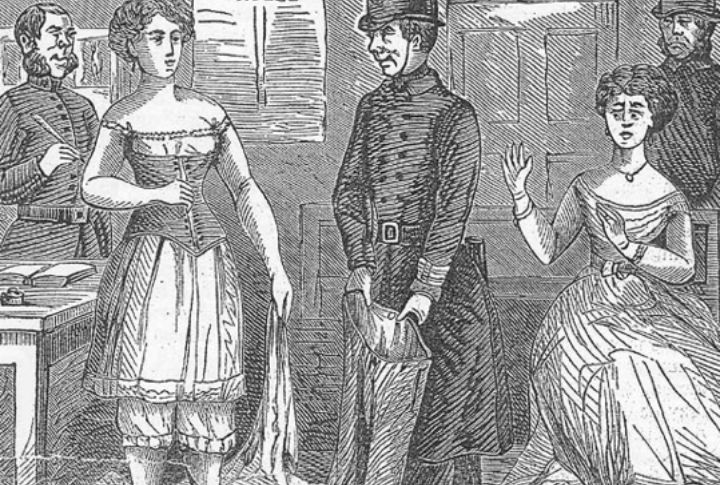
Sold for just one penny, these serialized stories featured criminals and supernatural threats. Working-class teens devoured them in droves. The writing was sensational and full of suspense. This provoked concern among educators and clergy. Despite moral panic, circulation soared and left its mark on popular storytelling formats.
Progress Sparked Wonder And Worry
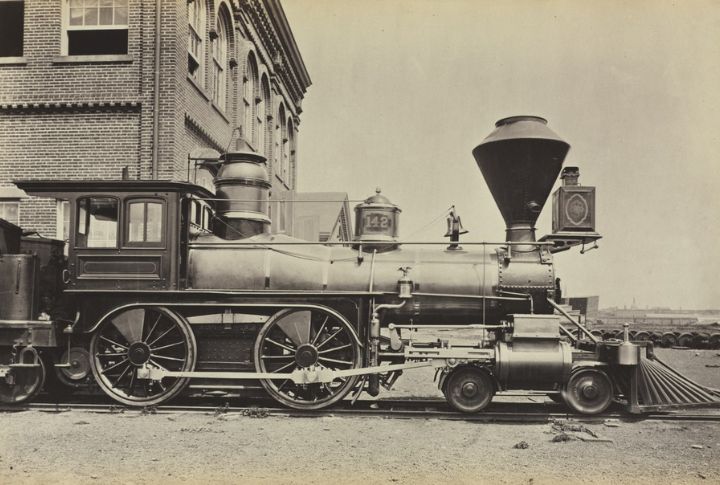
Victorian life shifted rapidly. Railroads connected cities, photography preserved faces, and electric lights brightened public spaces. But not everyone welcomed these changes. Critics feared science might challenge morality or religious belief. Darwin’s theories stirred debate by prompting people to reconsider their place in the world.

